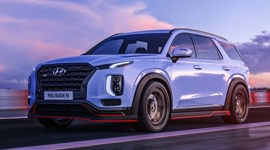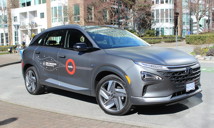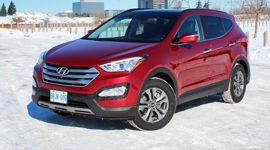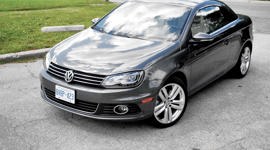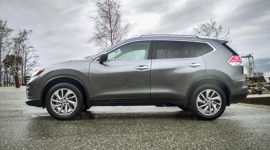Hyundai took the covers off its all-new fuel cell electric vehicle on Monday at CES 2018 in Las Vegas as it introduced the Nexo to the world.
This is the second generation of a fuel cell electric vehicle for Hyundai – following the Tucson FCEV – but the first Hyundai has designed from the ground up as an FCEV.
It will be available in select markets around the world early this year, Hyundai said, adding that Nexo is part of its plan to introduce 18 eco-friendly models by 2025.
Nexo is a lighter and more powerful FCEV, with a range of 595 kilometres, 169 more than the Tucson.
Having a dedicated architecture for the Nexo has allowed the automaker to not only reduce weight, but also to improve acceleration time, provide more cabin space, make the fuel cell system layout more efficient and relocate the battery to the trunk.
The Nexo’s improved range is thanks to larger and redesigned hydrogen storage tanks. While the Tucson features two tanks (140 litres), the Nexo has three tanks with a capacity of 156 litres. They can be refuelled within five minutes and weigh less than the previous generation’s reservoirs.
Power for the Nexo is provided by a 120-kW electric motor and its 291 lb-ft of torque (the Tucson has a 100-kW motor and 221 lb-ft of torque). The Nexo has a 0-to-96 km/h time of 9.5 seconds, down from the Tucson’s 12.5 seconds.
Hyundai says the Nexo has been tested in extreme climates and that it is able to start at temperatures as low as -28 C. It is ready to be driven 30 seconds after starting, down from 90 seconds for the Tucson FCEV, with the Nexo’s fuel cells heating up faster to allow for maximum performance.
Also on Monday, Hyundai unveiled some new Advanced Driver Assistance Systems (ADAS) that are a next step toward autonomous driving.
The systems include blind-spot view monitor (BVM), which uses cameras to provide images of blind spots on either side of the vehicle. Also unveiled was lane following assist and highway driving assist, as well as remote smart parking assist, allowing the vehicle to park itself without a driver in the car.



